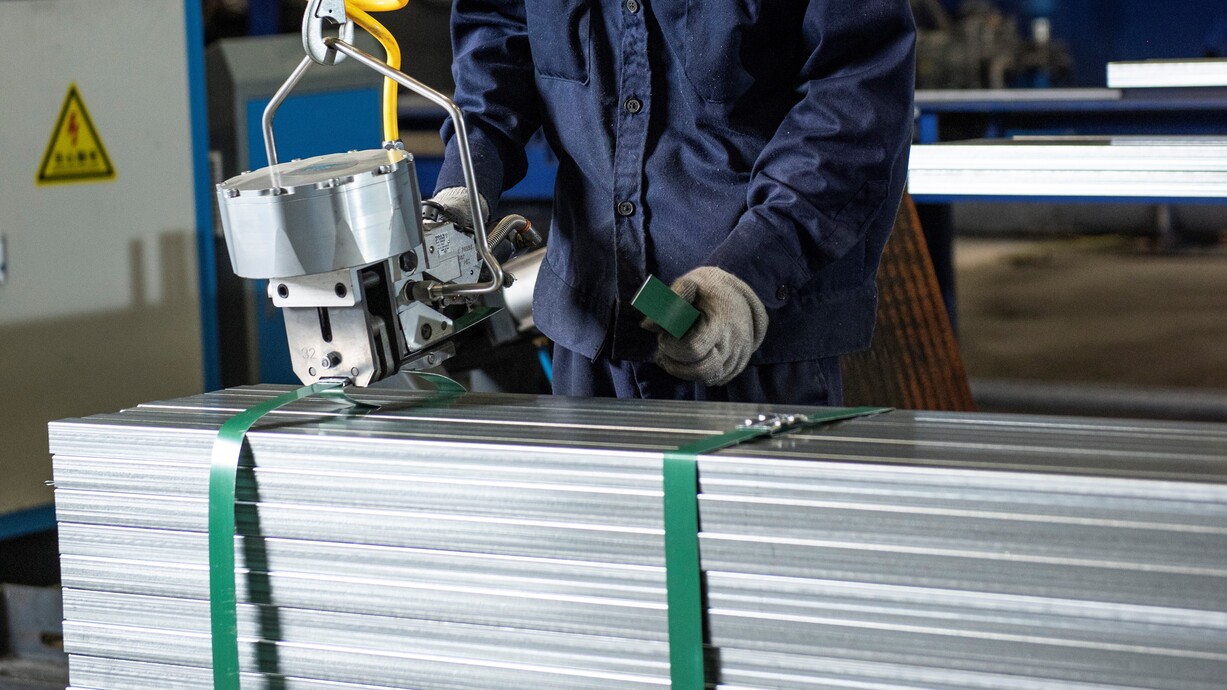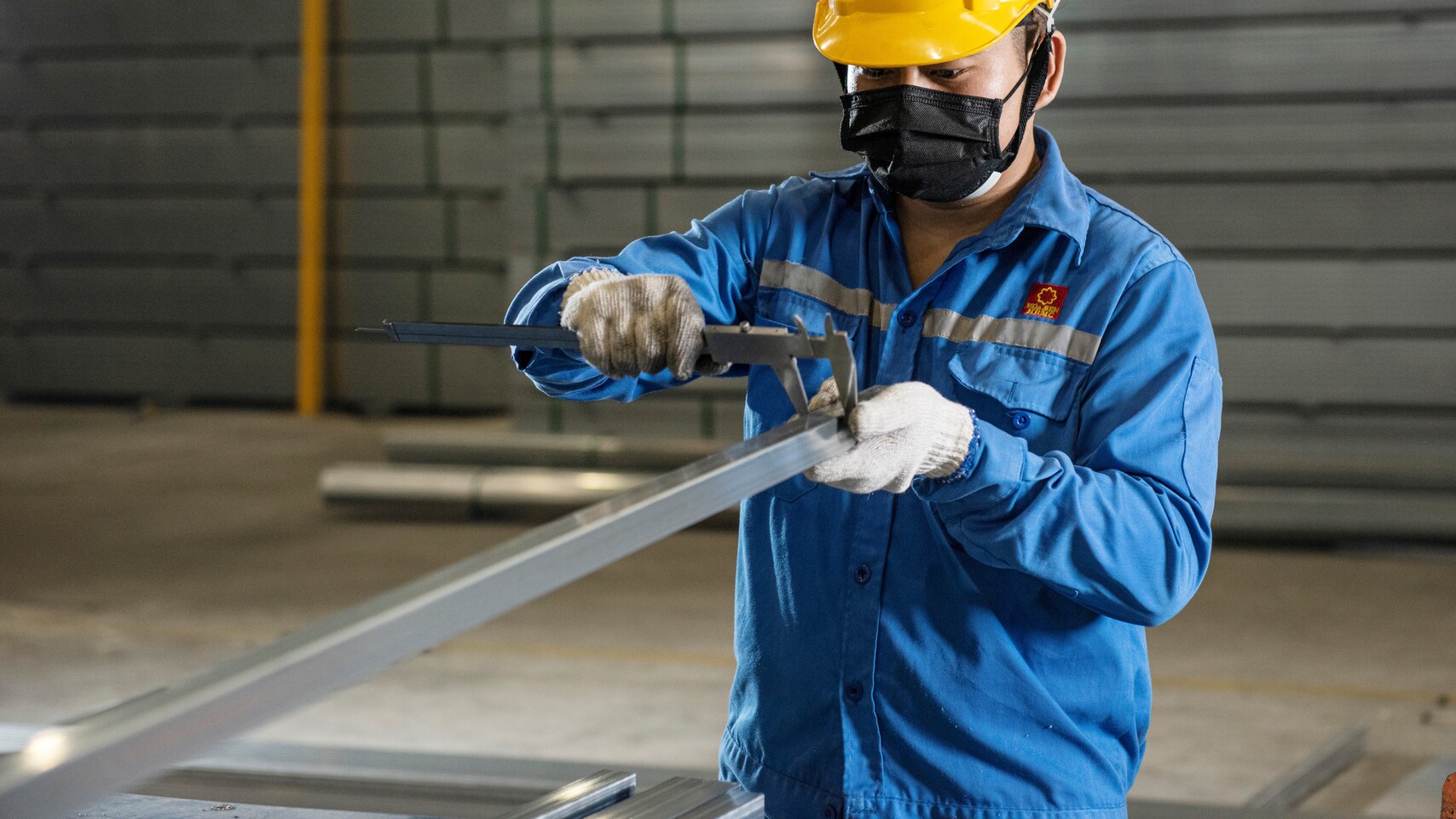Tuesday saw a decline in iron ore prices as growing COVID cases in China, the world's largest steel producer, stoked demand worries. However, the nation's initiatives to boost the struggling real estate market and low stocks provided some support.
On China's Dalian Commodity Exchange, the most actively traded January iron ore decreased 0.1 percent to 738.5 yuan (USD 103.27) a ton.
The benchmark December iron ore price on the Singapore Exchange fell 0.1 percent to USD 95.3 per ton.
Following a warning that it was facing its most severe test of the COVID-19 epidemic, Beijing, the nation's capital, closed parks and museums on Tuesday as China battles a statewide rise in cases.
Asian equities fell on Tuesday on to worries that Beijing would reimpose harsh pandemic curbs and that additional restrictions might disrupt the supply chain.
According to ANZ Research, losses were nonetheless kept to a minimum since Chinese officials are working to assist the real estate industry.
In order to stabilize lending to developers, Chinese regulators have instructed banking institutions to provide additional assistance to real estate developers, including acceptable loan extensions.
There are some additional positive aspects for iron ore and steel, such as low inventories, in addition to the expectation that growth in steel-intensive industries like infrastructure and construction will pick up next year.
In the week ending Nov. 18, iron ore inventories at Chinese ports decreased from 136 million tons to 135.45 million tons.
"COVID fears are driving near-term sentiment, but market fundamentals should be able to support prices," a Chinese iron ore trader said.
As a result of low stockpiles of iron ore, many steel plants will need to buy on the spot market.
On the Shanghai Futures Exchange, the most active rebar contract increased by 1.2 percent, hot-rolled coil increased by 0.9 percent, wire rod increased by 1.3 percent, and stainless steel increased by 2.6 percent.
Dalian coking coal decreased by 1%, while coke slightly increased.
The materials and information on this article have been prepared or assembled by Viet Nam Steel and are intended for informational purposes only

